Brazil has a special relationship with pickup trucks. These vehicles have won the hearts of drivers for their versatility, robustness and for the symbolism of freedom and practicality they offer. Since the 1960s, when Ford It is Chevrolet brought models aimed at the North American market, to this day, these machines have played a crucial role in the national automotive market.
Be it for the heavy work, for transportation in rural areas or for leisure time in cities, pickup trucks are a Brazilian icon. In this article, you will discover six classic models that marked an era and continue to be remembered as important pieces of our automotive history.
1. Fiat 147 Pick-Up: The National Pioneer
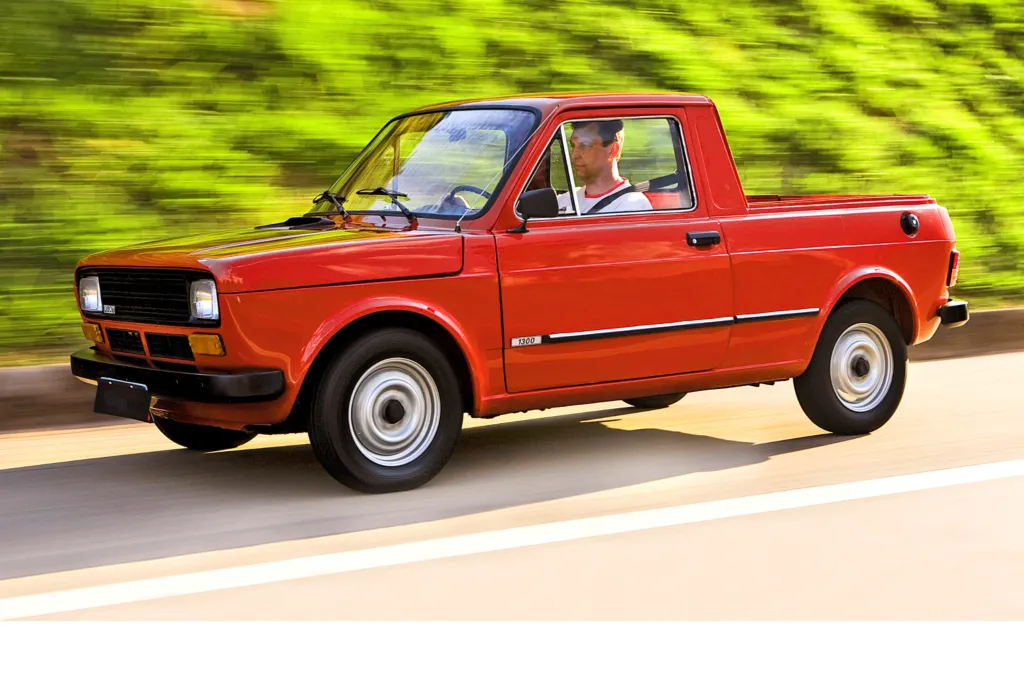
Launched in 1979, the Fiat 147 Pick-Up City was the first pickup truck manufactured in Brazil. Derived from the famous Fiat 147, this model stood out for its load capacity up to 360 kg and the compact design that was perfect for urban use.
A peculiar detail was the rear lid with a side opening, unlike the conventional one. Even though it was discontinued in 1984, the Fiat 147 Pick-Up left its mark as one of the first steps in the popularization of light pickup trucks in the country.
2. Volkswagen Saveiro: The Success Packer
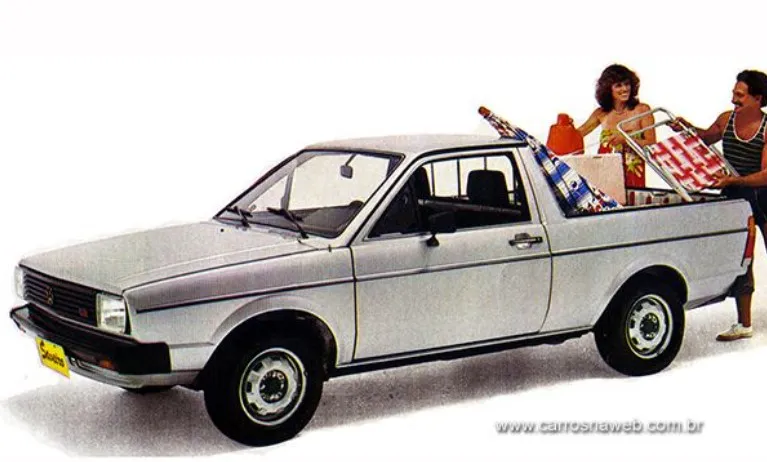
Presented in 1982, the Volkswagen Saveiro quickly gained space in the Brazilian market. Derived from iconic models such as Gol, Voyage and Parati, the Saveiro had an air-cooled engine, which offered robustness and reliability.
With capacity to transport more than 500 kg load, it became a frequent choice among urban workers and small business owners. To this day, the Saveiro remains one of the most beloved pickup trucks in Brazil.
3. Ford Pampa: Robustness with Style
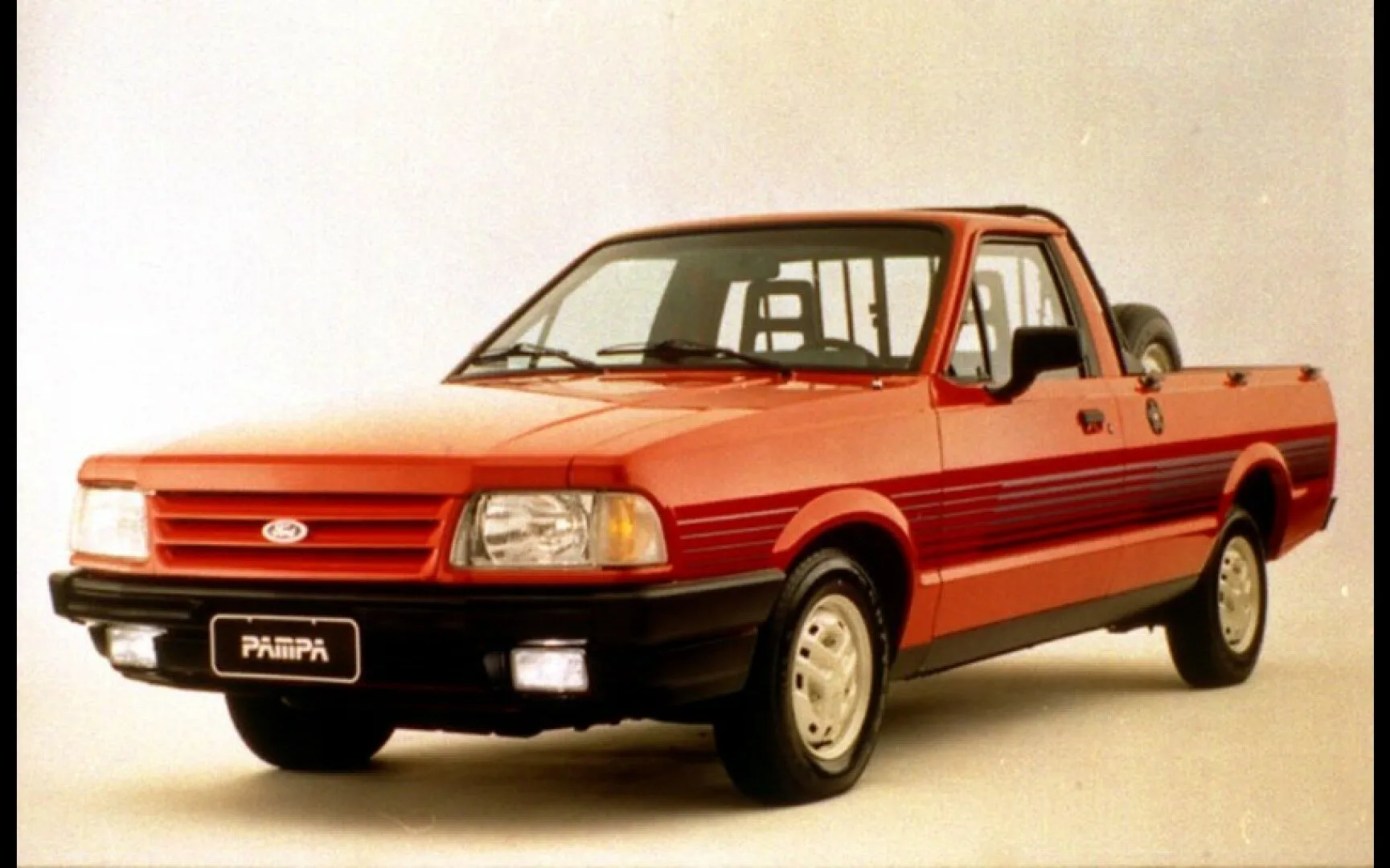
Based on Ford Corcel II, The Ford Pampa was launched in 1982 and soon attracted attention for its refined design and the ability to transport up to 600 kg load.
The Pampa had reinforced suspension and front-wheel drive, which made it easier to transport on uneven terrain. Even though its production ended in 1997, it continues to be remembered as one of Ford's most reliable and versatile models in Brazil.
4. Chevrolet Chevy 500: Power and Rear-Wheel Drive
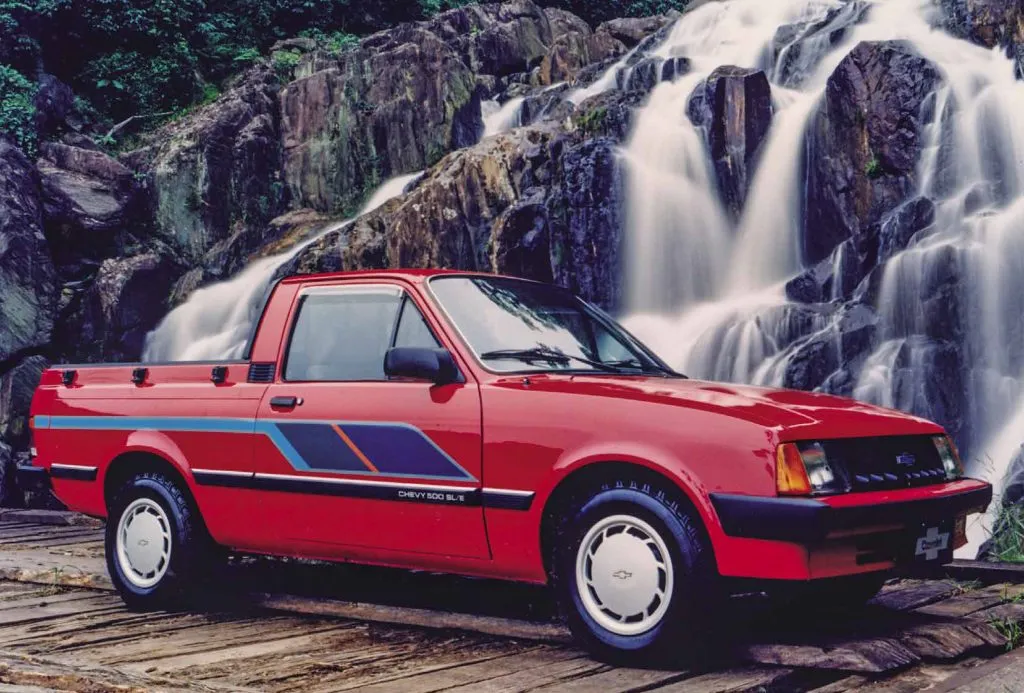
A Chevrolet Chevy 500 arrived on the market in 1983, offering an engine 1.6 75 hp alcohol-powered, which was a differentiator in times of searching for alternative fuels.
With rear wheel drive, the Chevy 500 was ideal for dirt roads and difficult conditions, withstanding up to 500 kg load. It was manufactured until 1995, when it was replaced by Chevrolet Corsa Pick-Up, but remains an icon among the brand's compact models.
5. Chevrolet S10: The Milestone of a New Era
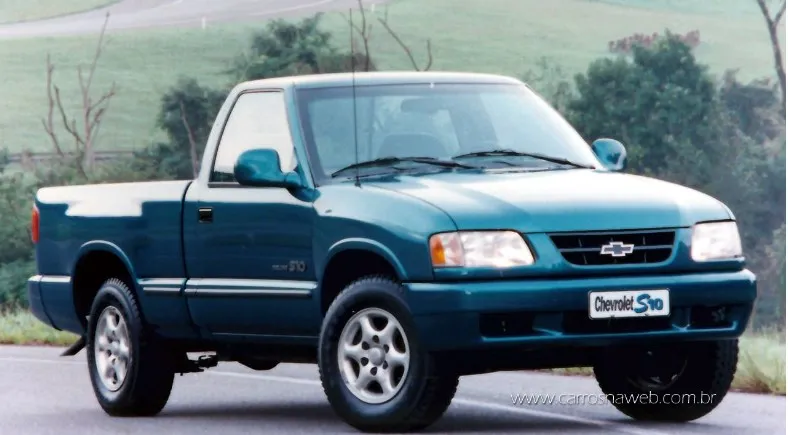
Launched in 1995, the Chevrolet S10 marked a change in the pickup truck market in Brazil. It was the first medium pickup truck produced in the country, featuring a modern design and powerful engine options.
The diesel versions, in particular, were a huge success, especially for those who needed a robust vehicle for rural work. From 2000 onwards, the S10 underwent restyling that maintained its relevance in the market, consolidating its position as one of the leaders in the segment.
6. Fiat Fiorino Pick-Up: Urban Practicality
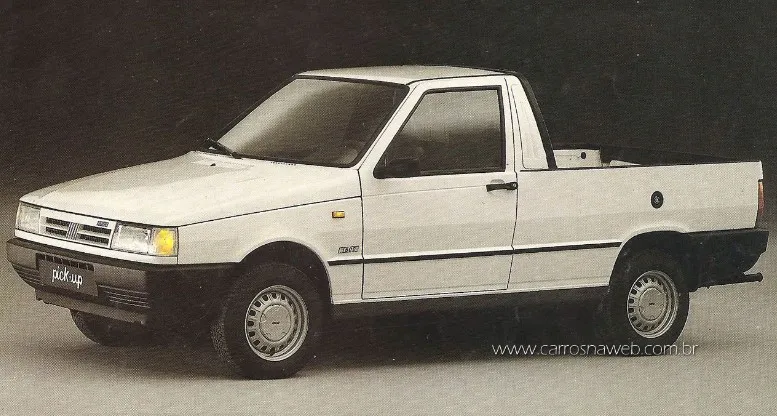
Derived from Fiat Uno, The Fiorino Pick-Up arrived on the market in 1988 as a compact and practical option. Aimed at small loads and urban use, it quickly gained popularity among traders and service providers.
The Fiorino Pick-Up was renamed Uno Pick-Up in the 90s, but maintained its striking features, such as low maintenance cost It is good load capacity for its compact size.
The History of Pickup Trucks in Brazil
The trajectory of pickup trucks in Brazil reflects the country's economic, social and cultural changes. Since the 1950s, when Willys, Ford and Chevrolet began to import and produce locally, until today, these vehicles have always been synonymous with work and versatility.
In the 1970s, the oil crisis forced automakers to adopt smaller, more efficient engines, such as those in 4 cylinders, without compromising the strength needed for daily tasks. In the 2000s, the market saw an even greater evolution, with the introduction of automatic transmission, more modern designs and technologies that have made pickup trucks closer to passenger cars.
Today, pickup trucks are not just work tools. They meet a variety of needs, from urban leisure to transportation in rural areas. Newer models also comply with environmental standards, offering less polluting and more efficient engines.
Why Own a Classic Pickup?
If you are passionate about cars, having one classic pickup in the garage is more than a privilege; it is a rescue of Brazilian automotive history. These models, in addition to being functional, bring with them a touch of nostalgia and can become collector's items over time.
Even in 2024, you can find well-preserved examples of some of these pickups for prices ranging from R$ 20 thousand more than R$ 100 thousand, depending on the state of conservation and rarity of the model.
Conclusion
The vintage pickup trucks that made history in Brazil are not just vehicles; they are symbols of a time when design and functionality went hand in hand. Whether for work or leisure, these models have won over generations and still arouse the interest of drivers and collectors.
Now that you know the six models that marked an era, how about starting your search for the classic pickup truck of your dreams? After all, preserving automotive history is also a way to celebrate the Brazilian passion for cars.









